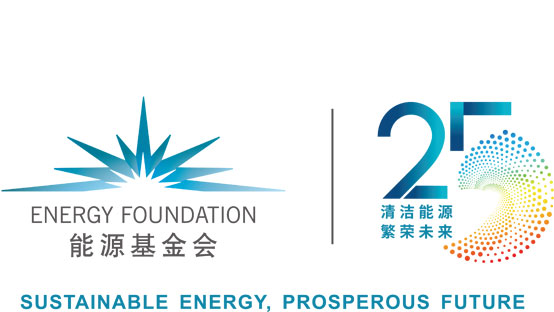Mar 10, 2022
Air Pollution Control in Hainan Province During the 14th Five-Year Plan Period
In March 2022, the Hainan Academy of Environmental Sciences and the Institute of Atmospheric Physics at the Chinese Academy of Sciences jointly released this research report about how the island province that has already enjoyed highest-level air quality in China can further reduce its air pollution in the next five years. The report was written with the support of Energy Foundation China.
Dec 1, 2021
Goals and Strategies for Synergetic Air Quality Improvement and Climate Mitigation in Shanxi Province During the 14th Five-Year Plan Period
In December 2021, with support from Energy Foundation China, Shanxi Ecological Environment Protection Service Center released this report proposing how the coal-dependent province can use coordinated approaches to achieve air improvement and carbon mitigation goals for the next five years.
Dec 1, 2021
Post-Pandemic Green and Low Carbon Transition During the 14th Five-Year Plan Period
In December 2021, the Chinese Academy for Environmental Planning released this report discussing how China can recover from the COVID-19 pandemic and maker faster transition toward low carbon development in the next five years. Support for the research came from Energy Foundation China.
Dec 1, 2021
A Cost-Benefit Analysis of Environmental Policies for the 14th Five-Year Period
In December 2021, with support from Energy Foundation China, the Chinese Academy for Environmental Planning published this report analyzing the costs and benefits of typical air pollution and carbon emission control policies for the next five years, based on an assessment of 2016–2020 policies.
Dec 1, 2021
Strategies for Coordinated Control of Air Pollution and GHGs During the 14th Five-Year Plan Period
In December 2021, with Energy Foundation China’s support, the Chinese Academy for Environmental Planning released this report analyzing China’s air quality strategies for the next five years that are aligned with its climate ambitions.
Dec 1, 2021
New Technologies and Policies for VOC Control in Beijing’s Industrial Parks
In September 2021, with support from Energy Foundation China, Ramboll released this report examing how industrial parks in Beijing can better control their emissions of volatile organic compounds (VOCs), many of which may have negative health effects.
Dec 1, 2021
Scattered Coal Control in the Beijing-Tianjin-Hebei Region
In November 2021, Beijing Gas and Heating Engineering Design Institute released this report assessing how rural areas of the Beijing-Tianjin-Hebei region in Northern China reduces scattered coal burning, which brings both heavy air pollution and carbon emissions in the heating season.
Oct 20, 2021
A Synergistic Roadmap for Carbon Neutrality and Clean Air in China (2021 Edition)
With support from Energy Foundation China, the China Clean Air Policy Partnership released this report in September 2021, which was co-authored by Tsinghua University’s Institute for Carbon Neutrality and Institute for Global Change Studies, Peking University’s College of Environmental Sciences and Engineering, and the Chinese Academy of Environmental Planning.
Oct 15, 2021
China’s Strategy for HFC-23 Reductions Under the Kigali Amendment: An Executive Summary
In August 2021, with Energy Foundation China’s support, Peking University and the Foreign Environmental Cooperation Center, a think tank overseen by China’s Ministry of Ecology and Environment, released this executive summary of their cooperative project regarding how China should reduce its hydrofluorocarbon (HFC)-23 emissions to fulfill its Kigali Amendment commitments. A few months earlier, China ratified the amendment to the Montreal Protocol on Substances that Deplete the Ozone Layer.
Oct 15, 2021
International Experiences on Airport Emissions Control and Sustainable Development
With Energy Foundation China’s support, Ramboll (Shanghai) Company studied international experiences on how to control airport emissions of criteria and climate pollutants and what can help advance airports’ sustainable development. The findings were published in this report of August 2021.





